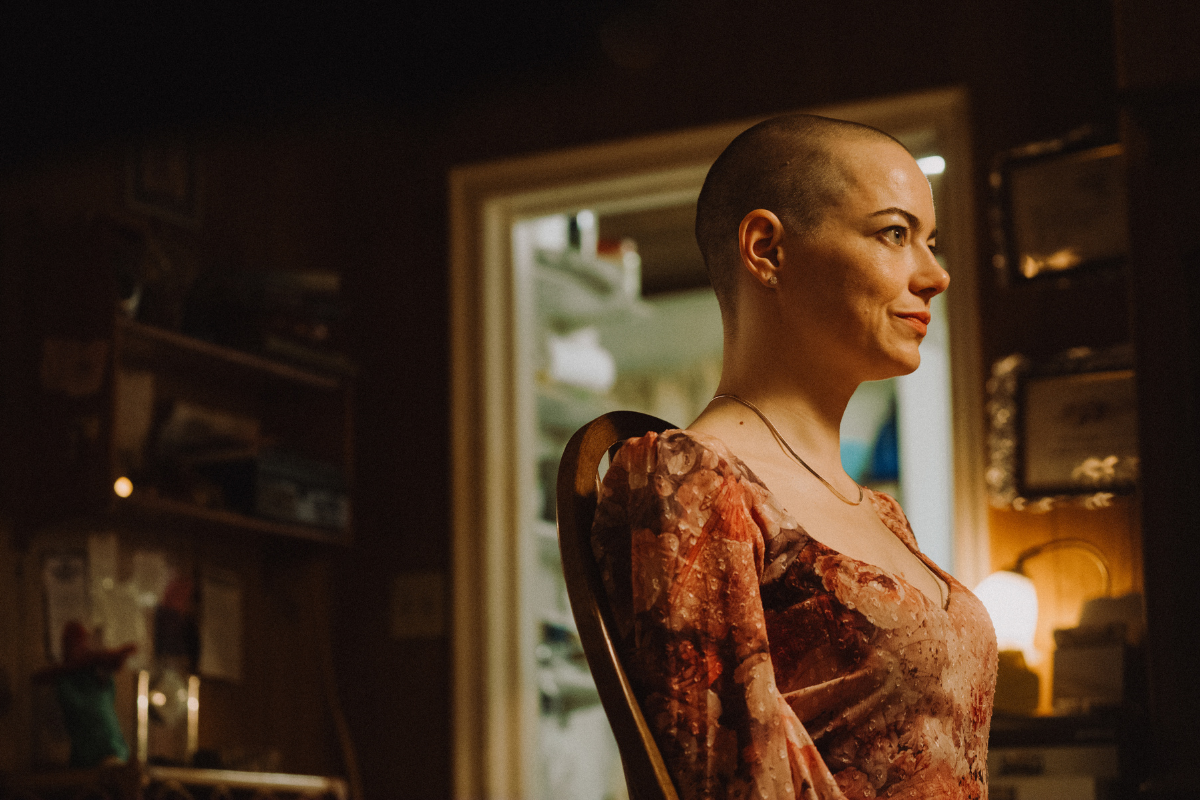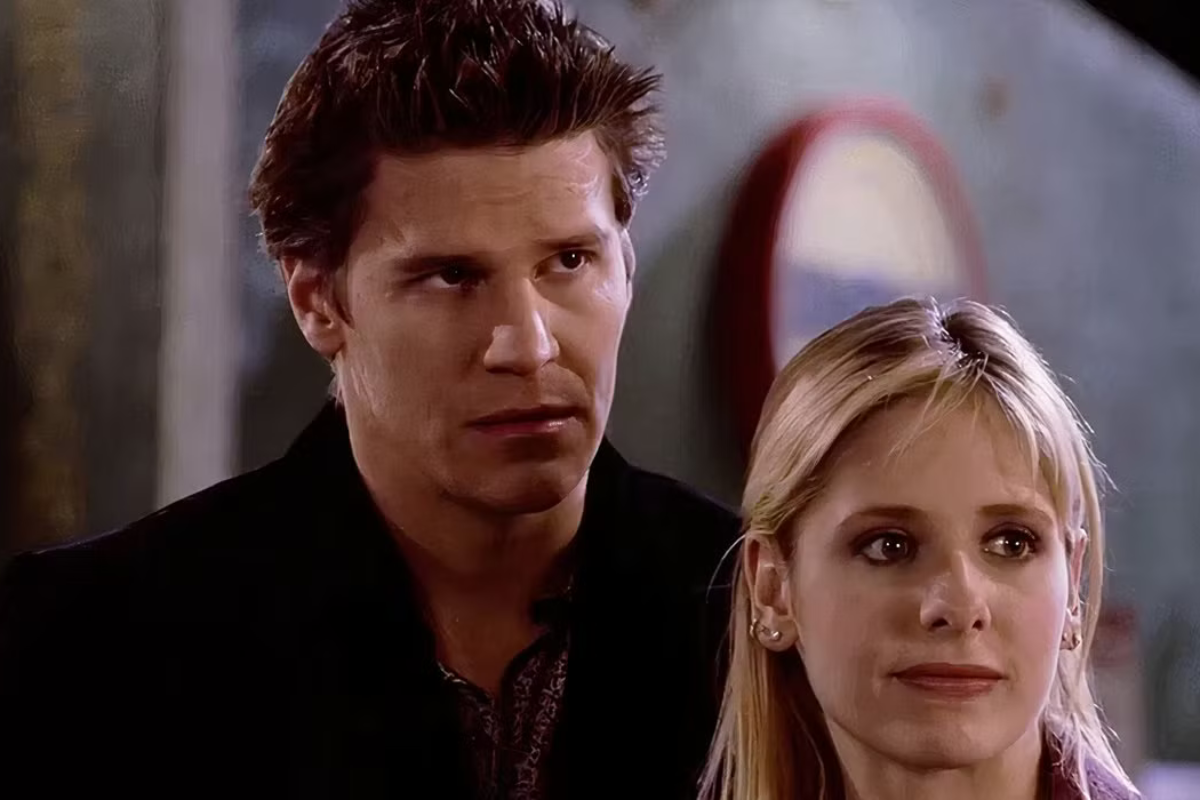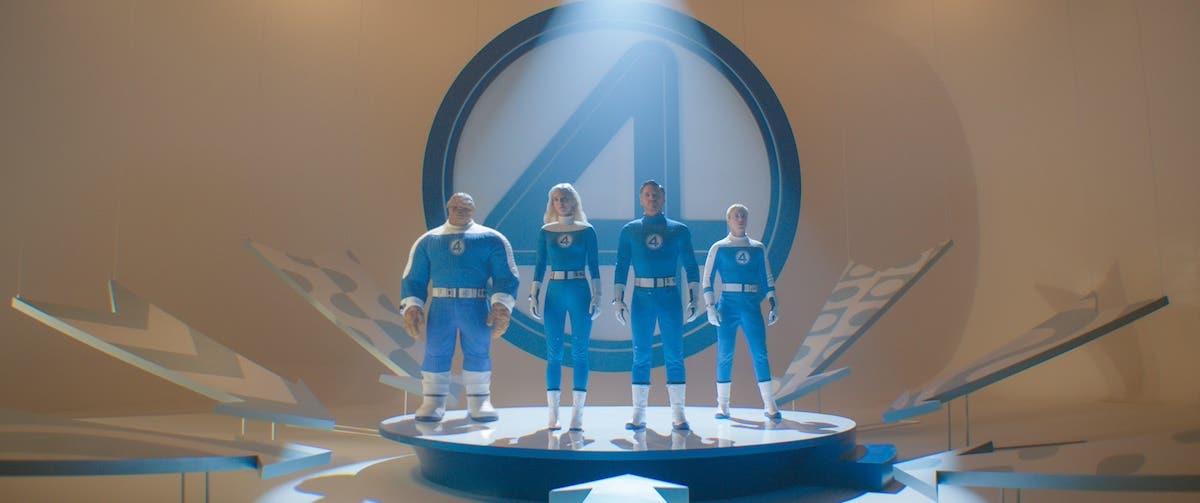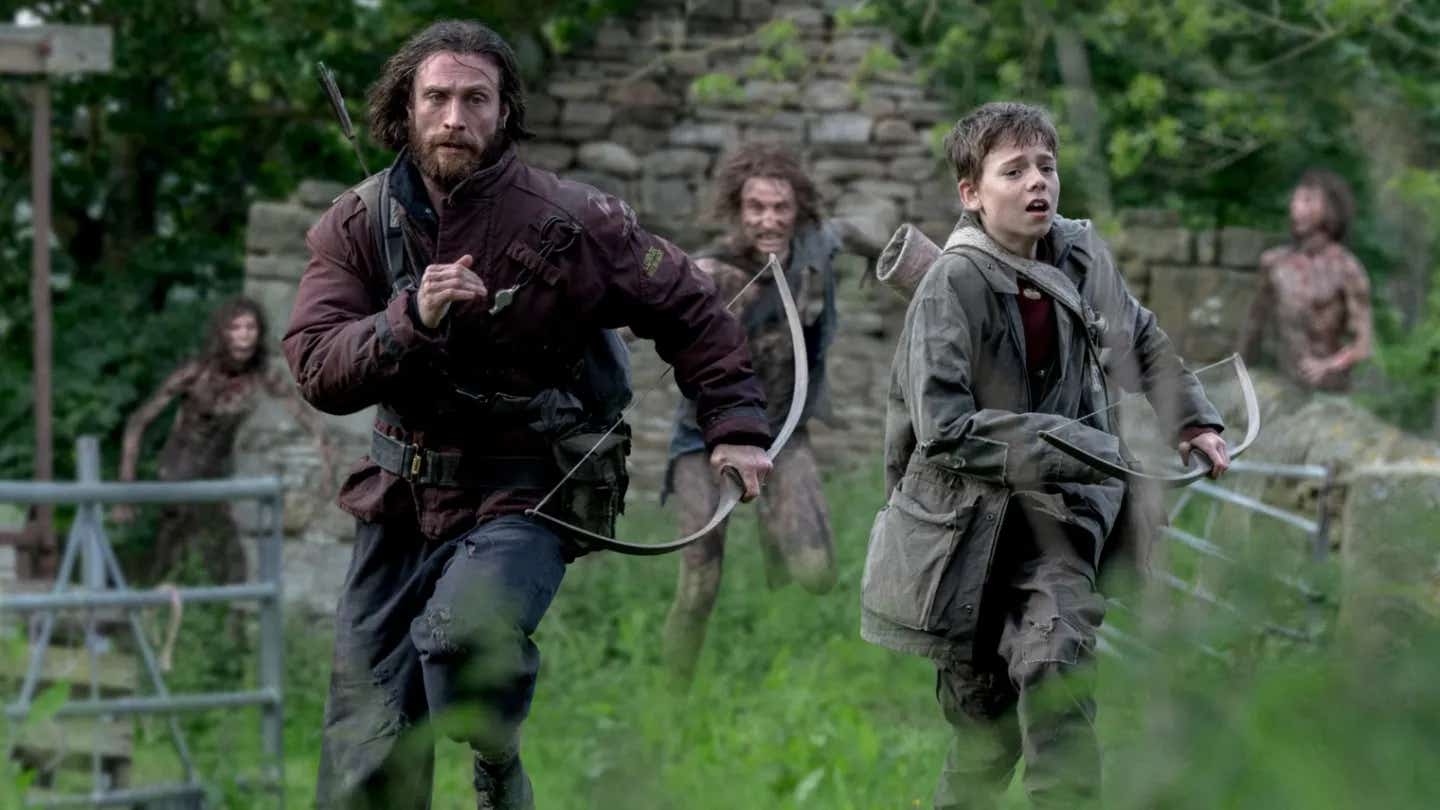FROM SCRIPT TO SCREEN: The Challenges of Writing ‘The King’s Speech’
The essential facts of ‘The King’s Speech’ are well-documented and the details are meticulously researched. It’s also an extremely personal project for screenwriter David Seidler, who conceived and wrote the movie.
The essential facts of 'The King's Speech' are well-documented and the details are meticulously researched. It’s also an extremely personal project for screenwriter David Seidler, who conceived and wrote the movie.
David S. Cohen is a freelance writer, photographer and documentary filmmaker. His articles on film and television have been seen in print outlets around the world, including US Weekly, Premiere and Variety special reports.
If ever there was a perfect Oscar® movie, it’s The King’s Speech. The film offers a tony cast including an Oscar winner, Geoffrey Rush; grand historical settings; and a hunky movie star, Colin Firth, playing a king—and a king who overcomes a disability no less.
It’s an uplifting story of triumph over adversity that subtly flatters the audience by depicting the friendship between King George VI and his speech therapist, the self-taught Australian Lionel Logue, as essential to helping “Bertie” overcome his debilitating stutter and rise to the challenge of his duties—most particularly, to deliver a crucial speech calling the British Empire to arms at the outbreak of the Second World War. There are no Holocaust scenes, but Hitler makes a token appearance as an antagonist.
The King’s Speech is as sincere and goodnatured as it is polished. The essential facts of the story are well-documented and the details are meticulously researched. It’s also an extremely personal project for screenwriter David Seidler, who conceived and wrote the movie. For Seidler himself grew up with a stutter during World War II—and therefore counted Bertie as a childhood hero.
“I can tell you personally that being a stutterer casts a real shadow over your childhood and beyond,” says Seidler. “You never stop thinking about it. You never cease to be aware that you cannot communicate properly, that you can’t be heard.”
So as an expat English boy in America grappling with his own stutter, Seidler read everything he could find about the King’s struggles and his eventual success. “I thought if a king who stuttered could get over it to a large degree with everyone listening to every syllable he uttered, there might be hope for me, too.”
Today Seidler is a veteran writer, a world traveler, and a first-class raconteur. His colorful life has given him an array of stories to tell—a remarkable number of which end up touching on, in some way, The King’s Speech.
The Talking Cure
The King’s Speech doesn’t have a great deal of plot, per se. It follows the second son of King George V of the United Kingdom, Albert Frederick Arthur George (Firth), or Bertie, as he battles the stutter that has plagued him since boyhood.
Bertie’s wife Elizabeth, the Duchess of York (Helena Bonham Carter), seeks out therapist Lionel Logue on a recommendation. Bertie agrees, after some resistance, to see him. However, Logue’s methods, which require total equality between the two men within each session and quite a bit of personal self-revelation, put off Bertie.
But Bertie’s duties as a royal require public speaking, so he presses on. Then, once King George V dies, and Bertie’s elder brother David (Guy Pearce) assumes the throne as Edward VIII, the new king insists on marrying twice-married American Wallis Simpson, a union forbidden to the head of the Anglican Church. Facing a constitutional crisis, King Edward abdicates, and Bertie must ascend to the throne.
Logue prepares Bertie for his coronation and, despite the skepticism and snobbery of some around the King, Logue becomes a trusted part of Bertie’s inner circle. When Germany invades Poland, Bertie must face the challenge of a crucial live broadcast to the Empire, but with Logue’s help, the King’s speech is a success.
Seidler’s own stutter is just one reason he was almost uniquely qualified to have written this story. He was born in London, but his family was selected to be sent to the U.S. as part of an official effort to evacuate families with children ahead of the anticipated German invasion early in World War II. Their three-ship convoy from Britain came under attack from a German U-boat, and one ship was sunk—ironically, a ship carrying Italian prisoners of war, all of whom were lost. Seidler’s ship and the other made it safely to the U.S., where he arrived at just three years old.
“That’s when I started to stutter. That was the trigger mechanism,” he explains.
At the end of the war in Europe, his family hastily returned to England, but post-war austerity in England proved too arduous and the family moved to Great Neck, Long Island, after a few years. There, Seidler grew up with a love of storytelling already ingrained. “Even when I couldn’t tell stories because I stuttered so badly, I wrote little stories,” he says.
In high school, he was finally able to overcome his stuttering. “Basically, I learned to say the F-word,” he says. “I’d reached the age of 16, I knew perfectly well that if you don’t get cured by adolescence, your chances diminish radically. Which is why I think Bertie is so extraordinarily brave. To be still trying to [stop stuttering] in your 30s is real bravery.
“I couldn’t ask girls out on dates, and even if I could and they had said yes, what was the point because I couldn’t talk to them if we went out on a date, and I found that very depressing.”
But instead of staying depressed, he says, “I started thinking, ‘Now wait a second, this is really unfair. Why have the gods visited this infliction upon me? I didn’t sleep with my mother. I didn’t kill my father. Why, why am I stuck with this?’
“And then I thought, ‘Fuck ’em. Fuck ’em all. If I’m going to stutter the rest of my life, they’re just going to have to listen to me the rest of my life. I have a right to be heard. I have a voice.’ That did it. The stuttering, not entirely but basically, melted away within two weeks.”
Seidler portrays Bertie’s arc in a similar way. Logue provides training in breathing and relaxation, but also practices a gentle form of psychotherapy. Bertie, too, has to overcome his childhood demons, and he uses the F-word as a way to release his voice.
“I drew heavily on my own experience, of course,” says Seidler, “but it wasn’t just me rewriting history. I knew a huge amount about Bertie because I’d read just about everything that had been written about him. Not that much is written about Logue but if you do a lot of scrambling around on the Internet, little books, little articles, it is not too difficult to get a very clear picture of his techniques. Aside from all the mechanical stuff that he was very expert at, though I can never prove conclusively that he read Freud, I knew damn well that he was using the talking cure.”
As production neared for The King’s Speech, Seidler’s guess about Logue’s methods was confirmed through an improbable source. Seidler explains he used a London pied-àterre belonging to “an elderly and somewhat eccentric uncle,” also named David, for writing The King’s Speech. Uncle David asked to read the script, and afterward asked: “‘That fellow in your script, Australian wasn’t he?’
‘Why yes, David, you know perfectly well he was Australian.’
‘His name was Logue, wasn’t it?’
‘Yes, you know his name was Logue.’
‘Yes, yes, yes. I saw that man for years.’”
Stuttering, it seems, runs in Seidler’s family. Seidler asked, “What was it like? What happened?”
Said his uncle: “It was rubbish. The man was an Australian gangster. He was an absolute fraud. All he wanted to do was talk. Talk about my childhood, talk about his childhood. Absolute nonsense. Rubbish.”
Seidler replied, “Yes, but you don’t stutter anymore.”
His uncle said, “Yes, but I would have grown out of it, wouldn’t I?”
Based on that conversation, Seidler knew “there was absolute proof, yes, it was a talking cure.”
World Traveler
His impediment erased, Seidler went on to Cornell and later to the University of Washington for a Master’s. He then began what he calls “a checkered career.” He became Playwright in Residence at the San Francisco Actors Workshop, then returned to New York and worked in the ad business on Madison Avenue, along the way nabbing a gig writing dubbing scripts for Japanese monster movies.
He was hired as assistant director and on-set writer for a 1960s’ TV series, Adventures of the Seaspray, that was shot in the Pacific. Then it was back to Madison Avenue, followed by three-and-a-half years as political adviser to the prime minister of Fiji. Seidler returned to advertising again, this time in New Zealand. Approaching 40, he decided to make another push at writing.
Since being dazzled as a boy by the sight of a Tucker Torpedo sedan, he’d wanted to write about the true story of car-maker Preston Tucker. He went so far as to move to Detroit to research the story, but found himself stonewalled by Tucker’s family.
Sometime later, he learned that the life rights to Tucker had been bought by Francis Ford Coppola, who was finishing Apocalypse Now. Coincidentally, Coppola and Seidler had been close friends in high school, and Seidler wound up writing the Tucker screenplay for Coppola. That job gave him his first major Hollywood break.
A Royal Caveat
Around 1980, after he was done with Tucker, Seidler decided to turn his attention again to Bertie’s story, doing intensive research. He found Lionel Logue’s son, Valentine, by then a retired neurosurgeon, and wrote to him. The younger Logue agreed to meet to talk about memories of his father and revealed he had the notebooks his father kept during his sessions with Bertie. “I thought, ‘Woah, this is the mother lode,’” says Seidler. “But there was a little caveat. I had to get permission first from the Queen Mother.”
He wrote the Queen Mother, who responded saying the memories were still too painful and asking he not delve into these events during her lifetime. “This is where the Brit side of me comes in,” says Seidler. “If the Queen Mum says wait, you wait. And besides, I didn’t think I had to wait that long. She was already an old lady. I thought I’d have to wait another couple of years at the most. I didn’t realize she was going to live another 28 years and die at 103.”
Seidler kept working as a writer during those years, often on adaptations of true stories. Then, not long after the Queen Mum died in 2002, he was diagnosed with a life-threatening cancer. (Seidler is quick to note he is now “the poster boy for remission.”) He threw himself into writing The King’s Speech to distract himself from self-pity. “And I also thought,” he says, “‘well, if you’re not going to write Bertie’s story now, when exactly do you intend to write it, David? Because you may not be around for that much longer.’”
Working Backward
Seidler says he really only understands many of his writing choices long after he’s made them, but with The King’s Speech, he did have a conscious strategy in approaching the material.
He was inspired by descriptions of Bertie’s coronation: “It had been raining all day, pouring, and at the really critical moment of the coronation, the rain stopped and a great shaft of sunlight came in through the stained glass windows and illuminated Bertie as he took off his robe and raised his sword and he looked like a medieval knight. That image just stuck with me and I thought, ‘That’s what I’m going for!’”
However, knowing it would be “both incredibly expensive and incredibly cheesy” to try to re-create the coronation, he turned the scene into a rehearsal for the coronation with Bertie and Logue, and dropped that heroic image of Bertie bathed in sunlight.
Seidler also thought back to Francis Ford Coppola, who told him he wrote his own screenplays from the final scene backward, so he always knew the destination.
“I also knew, of course, that my final piece was going to be the speech,” says Seidler. “I didn’t want it to be the coronation, because in the coronation the king doesn’t actually say very much. So I knew exactly what I was heading for. It was just working out how to get there.”
Seidler wrote his first draft in just six weeks and showed it to his then-wife, writer Jacqueline Feather. “She said, ‘Look, there’s some lovely stuff in here, but you’re being seduced by cinematic technique.’” She suggested that, as an exercise, he turn it into a stage play. “‘The King’s Speech is basically two men in a room,’” he remembers her saying, “‘that’s the tent pole. If you get that right, you can hang the Christmas ornaments off of that tent-pole.’”
He sent the play to a number of people for feedback. One, a London playwright, liked it enough to pass it to producer Joan Lane, whom Seidler affectionately describes as “a Sloane Ranger version of Auntie Mame.”
“She was ex-BBC and was then earning her living mainly by producing special events for the Royal Family. She had produced the Queen Mum’s 100th birthday party, so she was the ideal person. She took it on. She sent it to Bedlam Productions’ Simon Egan and Gareth Unwind. They took one read and grabbed the option on it. And then they said, ‘You know, this would make an awfully good movie.’ I said, ‘Yeah, sure, of course it would.’ So they then went into partnership with See-Saw Films’ Iain Canning and Emile Sherman.”
Rush
Seidler’s first draft got The Weinstein Company behind the project. Seidler had always wanted Geoffrey Rush for the role of Logue, but Rush’s Australian agent turned the project down. Joan Lane, undaunted, told Seidler she had an assistant who was going home to Australia for Christmas and coincidentally lived near Rush, and could easily hand-deliver a letter and synopsis to his home. “And I said, ‘Joan, you can’t do that. It’s just so tacky. I can’t be associated with something like that.’ And she says, ‘Sorry darling, it’s already been done.’ Twenty-four hours later, we got an e-mail from the Australian agent, somewhat tail between legs, saying, ‘Yes, well, Mr. Rush is very interested and would like to see the full script.’”
Months went by, though, with no word from Rush, and Seidler gave up hope of getting him. But one night, on a soggy camping and fishing trip to the remote western bays of Taupe in New Zealand, “I woke up in the middle of the night, had to relieve myself, and I looked down and my mobile phone was blinking, glowing. And there’s a text message: ‘Geoffrey Rush is now attached.’ I didn’t know how to celebrate except to jump up and down on my wet sleeping bag for a few minutes going ‘Whoopee!’ It was from that moment the heat started to generate and some momentum started to build.”
An early draft also lured director Tom Hooper. “Tom, when he got it, came to my doorstep the next day waving the script and saying, ‘This is the best script I’ve ever been sent in my career, and if we were filming a week from now, I’d be sleeping soundly.’ Of course, 50 drafts later ... ,” says Seidler.
Much of the rewriting Seidler did with Hooper was to remove any vestiges of stage theatricality from the screenplay. “[Tom] knew the danger is it’s two men in a room, and it could easily feel like a filmed stage play, which would be [a huge] disaster.”
Moreover, Seidler had turned the characters of Churchill and Archbishop of Canterbury Cosmo Lang into something like a comic Greek chorus. “They had some deliciously wicked and funny lines. Everyone who read it loved it. But Tom said, ‘Uh-uh, that has to go, it’s stage theatrical.’
“At the time, I would sometimes say, ‘Oh gosh, some of my best lines are going.’ And now I think it was absolutely the right way to go. There’s certainly enough humor left in the movie.”
A major shift in the story came just before shooting and undid quite a bit of development effort. Hooper and Seidler had imagined a parallel between Logue and Bertie. Just as Bertie was under pressure from snobs to stop seeing Logue and return to more eminent English therapists, Logue felt pressure from his wife Myrtle to give up his practice in London and return home to Australia with their family. Because of Myrtle’s homesickness, Logue even hides from her the fact he’s treating Bertie. This idea was based somewhat on the experience of Hooper’s mother, who had hailed from Down Under, and it remained important to the story until not long before production began.
But two weeks before shooting was to start, there was something of a bolt from the blue. Valentine Logue, whom Seidler had written to more than a quarter century earlier, was deceased, and Seidler had had no further contact with the Logue family. Then Mark Logue, a son of Valentine Logue, contacted the producers and told them he had his grandfather’s notebooks. Finally there was a chance to read Lionel Logue’s own account of his work with Bertie.
“It was a two-edged sword,” says Seidler, “because by now I had created my own story and my own characters. I was a little bit trepidacious. What happens if the notebooks prove I’m absolutely wrong?”
On the matter of whether Logue was practicing psychology, and on the specifics of Bertie’s sessions, the notebooks offered little. “They’re actually very, very dry,” says Seidler. “We met at so-and-so date at such-and-such place and he wore this and I wore that.” They did reveal, though, that, “The real Myrtle quite liked being in England and thought it was absolutely perfectly jammy that her husband was treating the King. So this really truncated poor Jennifer Ehle’s role.”
“It was a story that was so close to me, and I so wanted to write, that it was just a privilege to be able to sit down every day.”
Get tips on writing true stories from Erik Bork's webinar (writer/producer HBO's Band of Brothers)
Finding the "Story" in True Stories







